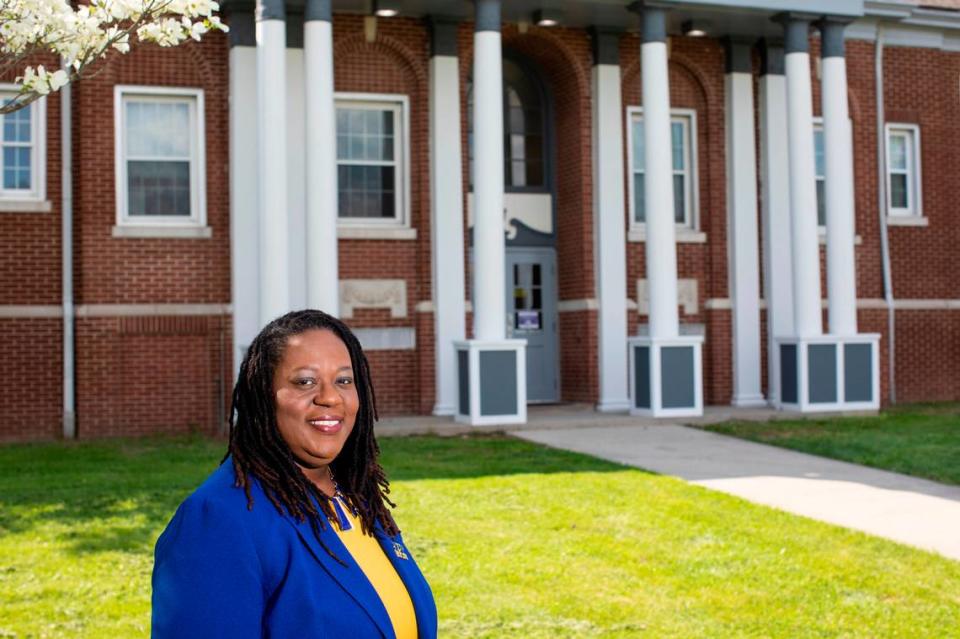Fayette schools’ most critical challenge is educating boys of color. Start with hiring. | Opinion
As a KY licensed and certified school psychologist who has spent more than 25 years working with children, I have consistently researched and spoken publically about the impact of public schools on Black and Hispanic students (students of color).
According to the American Psychological Association, the problems of educating boys of color have a long-lasting impact on one’s adult life. Some of those effects we see today include increased drug addiction, mental and physical health problems, and interactions with the criminal justice system among young adults of color.
As you might surmise, Lexington youth and students within Fayette County Public Schools (FCPS) are not immune to these inequities. Every year the Kentucky Department of Education (KDE) collects and shares data reported by each school district for the purpose of holding districts accountable for the education of all students. The 2021-2022 data for FCPS show extremely dismal and disparate results for male and racially diverse students. In the “proficient” and “distinguished” categories, the highest ones, approximately 30% of all FCPS students scored in that category. However, when looked at more closely, 36% of White students, 22% of Hispanic students, and 19% of African American students scored in that category.
Conversely, the data shows that in the lowest range, 12% of White students, 31% of Hispanic students, and 37% of African American students scored novice.
Another challenge is discipline. Within FCPS during the 2021-2022 school year, there were 9,186 disciplinary events where there was a gender gap for FCPS (including 36% of females juxtaposed against 64% of male students) and racial gaps (28% of White and 47% of African American students).
As a result of this data and the challenges to educating boys of color, FCPS has implemented several promising programs across the district including a district office staff devoted to focusing on educating underrepresented boys. There is a middle/high school program for boys, Carter G. Woodson Academy, that has been around for over 5 years while the newly renamed George Washington Carver Academy for Boys was created about two years ago.
These two programs for boys in FCPS have incorporated many of the recommendations for educating boys of color described in the APA article. They have building leaders and teachers that take a “relational approach to promote a sense of belonging, educate students with a social justice lens and thereby connect the students with their personal experiences.” Both schools in the district are led by administrators of color who have been shown to be more than capable of leading their schools and working with this special population.
But troubling questions have emerged.
Why are these administrators only in “acting” and why are their positions not permanent? Why is the district spending tax dollars to contract with an outside firm to conduct a national search to identify new administrators? What happened to the promotion of the concept of “growing your own” and supporting the current talent within the district? How does the district intend to retain teachers and administrators of color?
The boys at these two schools do not deserve the uncertainty of introducing a new leader and the district should not be so willing to gamble on this critical student population that they are challenged to educate the most. FCPS would have better results by pouring more funding and resources into these two programs and current leadership.
FCPS needs to do all it can to minimize changes in school leadership and invest in the programs focused on boys of color, its most challenging student population.

Shambra Mulder, PhD., is a licensed psychologist, certified school psychologist and community activist in Lexington.


